Although the effects of COVID-19 on culture is a picture still emerging, it seems that the impact in various contexts have in common one thing: ‘severity’. Intangible elements of culture – togetherness, materiality, or the exchange of diverse people under sets of fragile, unspoken agreements – have been intensely targeted by a deep and sudden resource distribution that has threatened their continuation. At best, these cultural losses have been appeased by cash injections and ‘going digital’ – and at worst, treated as simply dispensable without reparation. Yet events in the pandemic are only the latest iteration of long-term trends towards neoliberalism, compartmentalisation, commodification, and market determinism of culture and education – perhaps accelerated, but otherwise unexceptional. Previously, upholding these foundations of culture was the lifelong struggle of many. Under pandemic conditions, its defense has become impossible, and has occasionally been labelled heresy.
Projections for Future History, an exhibition from independent project space B5 Studios in Târgu Mureș, tracks the disappearance of cultural infrastructure in Romania post-revolution, and speculates on the emptiness of its future. Referring to the Musique concrète genre developed in the 1950s, curatorial pair Alexandra Mereuți and Sebastian Danciu (part of the curatorial team that also includes Răzvan Anton and Mihai Iepure-Gorski) propose cultural infrastructure as an embedded support-ground and point of orientation, without which, gestures lose their inherent meaning and consequence: in their words “the sounds produced by cultural gestures remain without repercussions”. Instead, a type of obscure echo is produced – by a void where gestures simply bounce around – as well as perhaps a more positive “projection” into the future that simply notes what is absent. This abstract absence is best captured by Musique concrète pioneer Pierre Schaeffer: “Nothing echoes a lone cry more than a hubbub of the crowd”.
The exhibition hosts a twofold reaction: material documentation of cultural infrastructure, and a poetic imagination of its own potential as art – and therefore as collective change. Straddling both categories, Monotremu’s Payments sees the artists adopt a begging posture in front of a cash dispenser at a Swiss bank, a reference to the period of time artists spend waiting to be paid following a show, and the transactional relationships of exhibition or presentation. Sitting on the opposite side of the room, Dénes Miklósi’s State examination committee in the building of the Art Pavilion (Comisia de examen de stat în clădirea Pavilionului de Artă, 1964) and Ars Publica-Kunsthalle adopts a more documentary intervention: a historical study of an exhibition building in Cluj-Napoca, re-creating it as a scale model using found materials, exhibited together with a collage. Where the intervention for one approach is historical, the other is contemporary and immediate – yet both hint at a perceived desperate lack, a deficiency in material terms, where neglect has left a gap, at once split and married by time. Payments is a work marked by delay as a punitive tool, State examination uses the passing of time to imagine an alternative history, yet both point to a similar irrevocable deficiency.
The theme of ‘delay’ is somewhat echoed by Șerban Savu’s Soldiers, a 2015 painting that feeds off of Hubert (possibly Jan) Van Eyck’s The Three Marys at the Tomb (1410-26). Van Eyck’s slumbering soldiers are contemporised into hipster-ish figures, lying in an idyll forest setting, apparently returning from a ‘war’ – yet equipped only with colourful clothing and a bicycle leaning in the background. The tomb setting is replaced with a fallen tree, lying together with the hipsters, echoing their dormancy. The painting forms a type of wasteland of unused potential, as well as a collective reaction of rest, in response to exhaustive burdens of contemporary life.
Several works comment directly on recent historical events in the Romanian cultural scene. While Kispál Ágnes-Evelin and Kispál Attila’s Untitled is almost a hobbyist’s collection of evidential paraphernalia from the Magma gallery in nearby Sfantu Gheorghe, the interviews of the video Disparity Between Generations documents an intergenerational dialogue, from a platform created by the Paintbrush Factory, an important gathering place for independent artists across generations (now inevitably under threat of closure).
Matei Bejenaru’s video work Songs for a better future is perhaps an outlier in its treatment of time – set free of the burdens of cultural infrastructure, it is a gesture towards a more utopian future. However, two works offer projections that are somewhat darker. I’m Protesting Against Myself (Protestez împotriva mea) is a video documentation of a puppetry performance by Ciprian Mureşan working together with director and playwright Gianina Carbunariu, featuring a diatribe of complaint from the protagonist in an industrial waste container, repetitively explaining the various grounds they have for protesting against themself. Over the duration of the performance, the mask of the puppet is slowly lifted, and the performer (Pilo Adrian Ilea) begins to self-reference, as the one with the real antagonistic discomfort, ‘hiding’ behind the puppet. The work devolves into almost a lament, with the final section delivered direct to camera by the performer in the bin – “I’m protesting against myself because/ I keep hiding in the bin whilst everything gets taken away from me”. In this sense, I’m Protesting Against Myself is a complex speculation on the nature of change – one that refutes the power of protest to alter anything outside the personal, yet also seeing possibilities inside that self-reflection, when it is communicated within a functioning public.
Il Mondo Novo, a short video work from Mona Vătămanu and Florin Tudor, perfectly complements the cynicism of I’m Protesting Against Myself, featuring a group of artists standing amongst a brutalist scenario, in a sarcastic echo of Giandomenico Tiepolo’s renaissance artwork. While that artwork occurs from a perspective where the world appeared to be opening up, the artists today look out onto a bleak, empty landscape – perhaps offering a pessimistic reflection into a dark future echo of cultural infrastructure, one oddly reminiscent of images of post-revolution Romania.
Projections for Future History took place during December 3rd, 2021– January 6th, 2022 at B5 Studio, Târgu Mureș.
POSTED BY
Richard Pettifer
Richard Pettifer is an Australian director, critic, and theatre theorist based in Berlin. As a critic and artist focused on former ‘Eastern Bloc’ countries, he has been invited to many regional fe...
richardpettifer.blogspot.com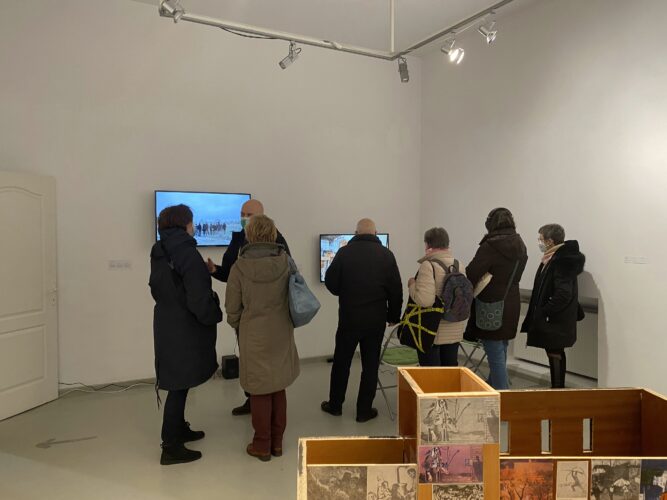
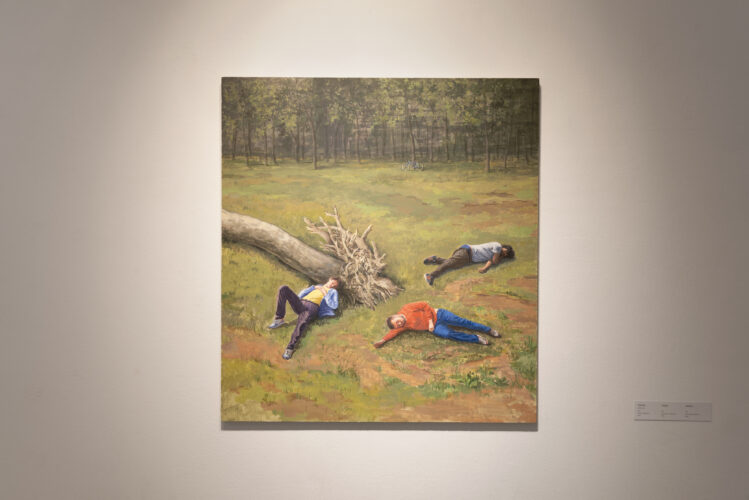
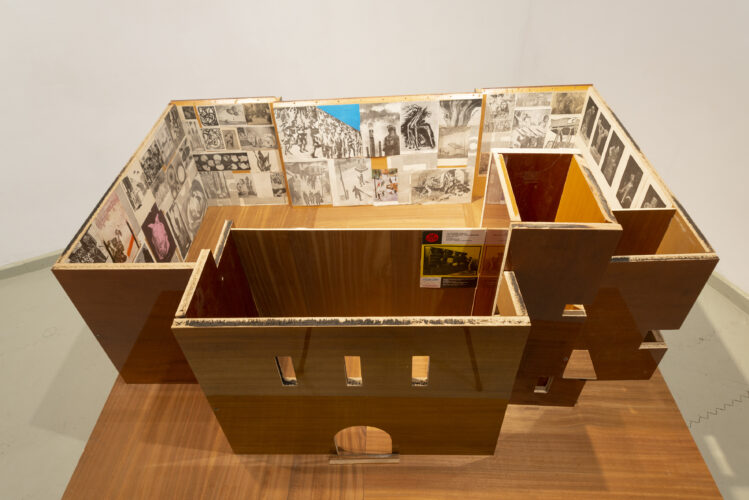
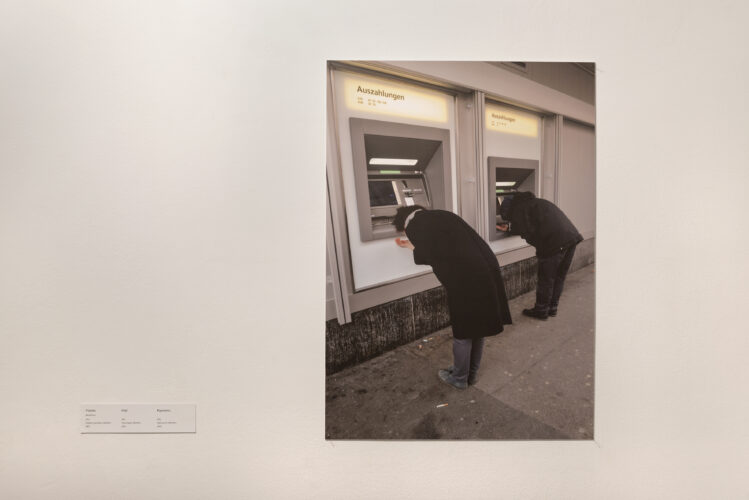
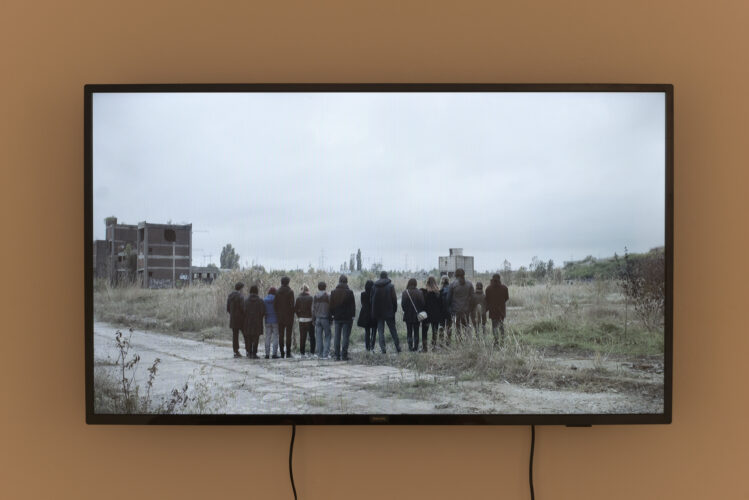
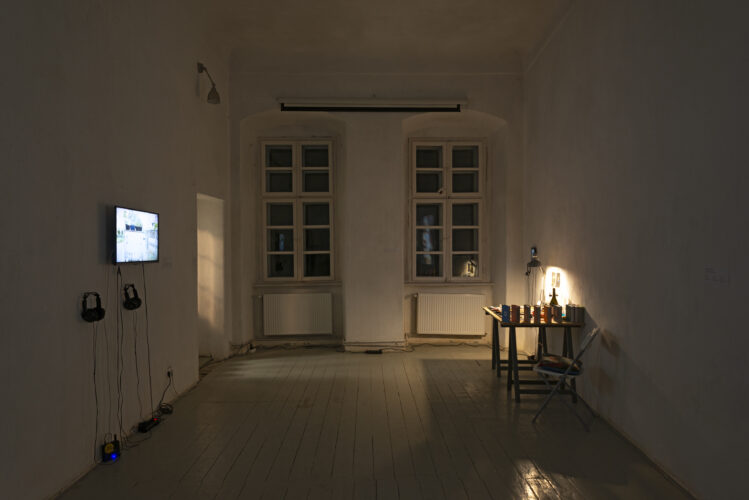
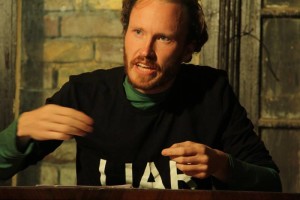
Comments are closed here.